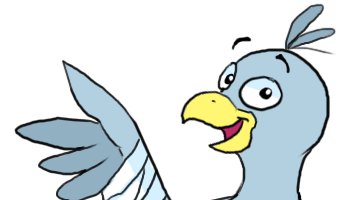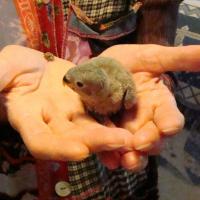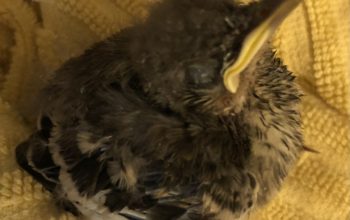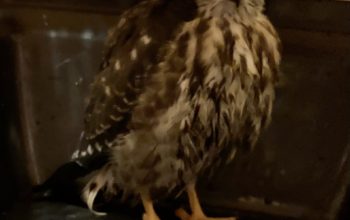Step One is always put it back! Remove it from harm, then put it back in the nest, if possible or put it in a basket up off the ground in the area where it was found. Don’t add anything to the basket, don’t feed or water the baby, just pick it up and put it back, then walk away. The parents just want their baby back and will wait, until you are gone, to return.
Fledglings learn to fly by jumping out of the nest. The parent are close by to protect it and feed it. I have had calls where adults are attacking the humans that are touching their young birds. Leave them alone and walk away. Yes, I have heard it many times, “there are cats in my area”, but you can’t teach a baby bird to fear cats, only the parents can. Pick it up, put it in a bush or tree and then, Walk Away.
As a permitee I can treat an injury but I can’t teach a baby bird what kind of bird it is, how to find food, what to fear or what to avoid. Only the parents can do all that. The best possible out come is to get the baby back where the parents can raise it. It is a myth about not touching the baby because the parents can smell you. Pick it up, put it back in the nest and walk away.
Found an injured or sick wild bird
Sick – Please read the article I posted from the CDC. We have salmonella in our wild birds spread through bird feeders. The calls I get generally state that a bird has been found on the ground that can’t fly. There is no apparent injury, the bird looks well. This is possibly a salmonella poisoned bird, do not touch it. Walk away.
Injured – If the bird is obviously injured, and you need help, call your county ranger or a rehabber in your area. Visit our resources page for help in your county. If you can throw a towel over the bird, pick it up and put it in a box. Keep it cover, quiet and do not try to feed or water it. If you can not pick it up, continue to watch the bird while you call for help. Call your ranger or rehabber to provide medical care and some animal control officers will pick up the bird.





